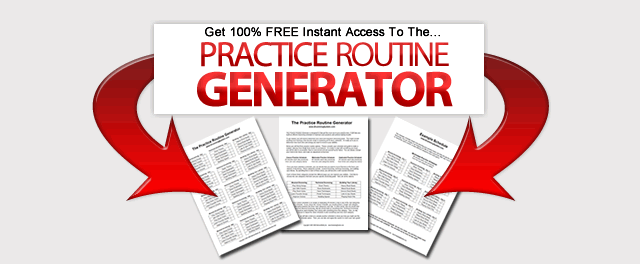Learning How To Hold Your DrumSticks
<<< Back to Learning Drums Articles
Don't Build Bad Habits!
Learning how to hold your drumsticks comfortably and correctly is the first step in learning to play the drums. Using an incorrect grip will cause you not to be able to develop the technique necessary for striking the drum head with the bead (or tip) of the stick correctly to make the many sounds you will need when drumming. Besides leading to poor technique, the wrong grip may also cause strain or fatigue in your wrists and fingers as your wrist rotates to move the stick. There are some drummers that have developed non-traditional grips for their drumsticks, but these unique grips are not without a cost to overall skill. Over hundreds of years, two different types of grips have emerged as the most efficient, most comfortable ways to hold a pair of drumsticks for the best result.
The first and most common correct drumstick grip is known as the matched grip. This grip is so named because the sticks are matched evenly in both hands, so that the right and left hand will appear to mirror each other, each holding the stick the exact same way. You want your hands to be as relaxed as possible, to minimize tension when holding the sticks. Start by dropping your arms to your side in a relaxed position, without holding the sticks. Keeping your shoulders relaxed and your elbows close to your side, bring your hand up with the palm down to make a right angle at your elbow. Then, pick up your drumstick. Locate a spot on one of them about a third of the way from the bottom end of the stick (called the butt) to the tip. Hold this point between the pad of your thumb and between the first two knuckles of your index finger. The stick will pivot from this point. The point at which you are grasping the stick is referred to by drum teachers as the “fulcrum”. The back end of the stick will rest against the heel of your hand. If you hold it correctly, about an inch of the stick should stick out from your hand as you wrap your remaining fingers loosely around the shaft of the stick. These three fingers should touch the stick, but you want to make sure that you aren’t squeezing the stick. This would make it very difficult to play fast drum strokes and nearly impossible to play drum rolls later on. A good indication of whether or not you are squeezing the stick or holding it relaxed is to watch your knuckles. Make sure they stay the same color as the rest of the skin of your hand and do not turn lighter. When you place the bead of the sticks at a right angle to one another over the center of the drum’s head, you know you are holding your sticks correctly in the matched grip position. Matched grip is the easiest grip to learn, so most professionals recommend learning this way first when you begin to learn how to play drums.
Traditional grip gets its name because it is the grip that drummers devised hundreds of years ago, when drums were carried on a sling that caused the drum to tilt. When this happened, it was necessary to hold one drumstick at a different angle than the other in order to avoid hitting the tilted rim. To learn a good traditional grip, relax your left arm by your side and hold the stick about three inches from the butt in your hand where your thumb intersects your index finger. Bring the meaty part of your thumb onto the first knuckle of your index finger, keeping your other fingers relaxed. When you bend your elbow to create the right angle, pay attention to keeping your shoulders relaxed. The stick should now be underneath the first knuckle of your middle finger and just above the bottom of the fingernail of your ring finger. The right stick should be held the same way as it would be for the matched grip position.
Which grip you choose to stick with long term depends largely on personal preference. The key to both grips is staying relaxed, all the way from the fingertips to the shoulders. Once you become proficient with your grip and develop some real skills as a drummer, you may also want to invest in some grip-enhancing tools, such as drummer’s gloves and drumstick tape (sometimes called drumstick wrap). These add-ons will provide comfort and keep the sticks from flying out of your hands!
Want to learn how to play double bass? Learn how to play the double bass drum here!
<<< Back to Learning Drums Articles



